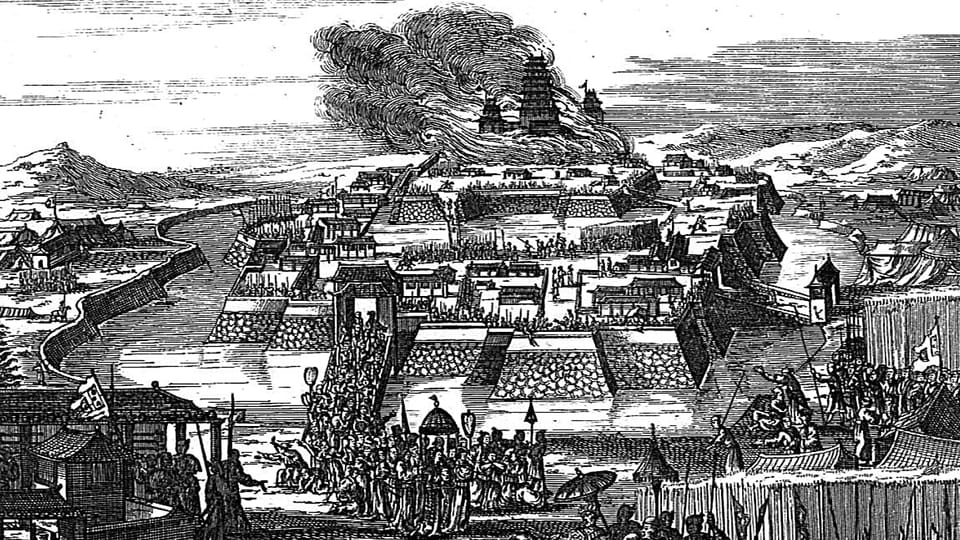The Siege of Osaka

It’s 1614, and the winter air over Osaka is as chilly as the cold, hard ambitions of the big dogs playing the game of thrones, Japanese style. This ain’t just any old squabble; it’s the showdown that history buffs drool over—the Siege of Osaka. Now, what sparks this whole powder keg? It’s the good ol’ clash between the Toyotomi and Tokugawa clans, a saga that's got more twists and dirty tricks than you can shake a stick at, mirroring the cutthroat plays we see on the global stage today.
Rewind fourteen years, and you hit the Battle of Sekigahara—big, bloody, and game-changing. The big boss, Toyotomi Hideyoshi, who’s stitched Japan together, kicks the bucket, and his mini-me, Hideyori, is supposed to take the reins. But here comes the twist: Tokugawa Ieyasu, Hideyoshi’s right-hand man and a stone-cold strategist, has other plans. He wipes the floor with his rivals at Sekigahara and snags the shogunate for himself. But he’s got this nagging feeling about young Hideyori lurking in the shadows.
Fast forward to the incident that lights the fuse. Ieyasu flips his lid over a gong inscription at a temple the Toyotomi clan is fixing up. The gong’s got “Kokka ankou” etched on it, meaning “peaceful nation,” but all Ieyasu sees is his name getting sliced and diced as a curse. Paranoid? Maybe. But it’s the perfect spark for the fireworks to come.
With the stage set and the drama cranking up, the Toyotomi clan starts pulling in ronin—those rough-and-tumble samurai without a master—like a magnet. They’re itching for a fight, a shot at glory after being left in the cold post-Sekigahara. And let’s not forget about Sanada Yukimura, that die-hard strategist sticking to the Toyotomi like glue, turning down Ieyasu’s sweet deal of land and lordship.
Ieyasu plays the peace card, talks about burying the hatchet, asking both sides to fill in their castle moats. Sounds nice, right? But while the Toyotomi buy into this hope, Ieyasu’s got his fingers crossed behind his back, trashing not just the outer moat but the inner one too, leaving Osaka Castle naked as a jaybird.
And just when you think it’s over, the sequel hits: the Summer Siege of Osaka next year. It’s ruthless, it’s bloody, and it wipes the Toyotomi off the map for good, sealing Ieyasu’s grip on Japan.
So there you have it—a tale of power grabs, betrayal, and war under the guise of peace, proving the old tricks are still the favorites. The Winter Siege of Osaka isn’t just a chapter from the past; it’s a lesson in how the big game is played, a reminder that when it comes to power, the plot never changes, only the players do.
